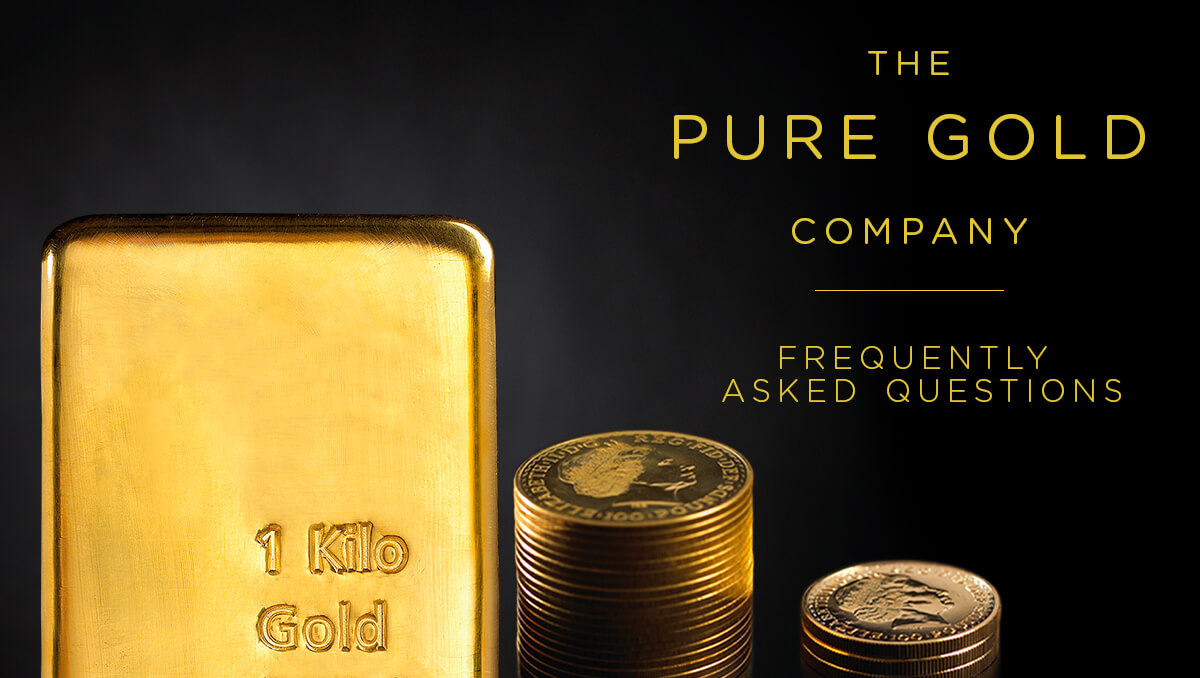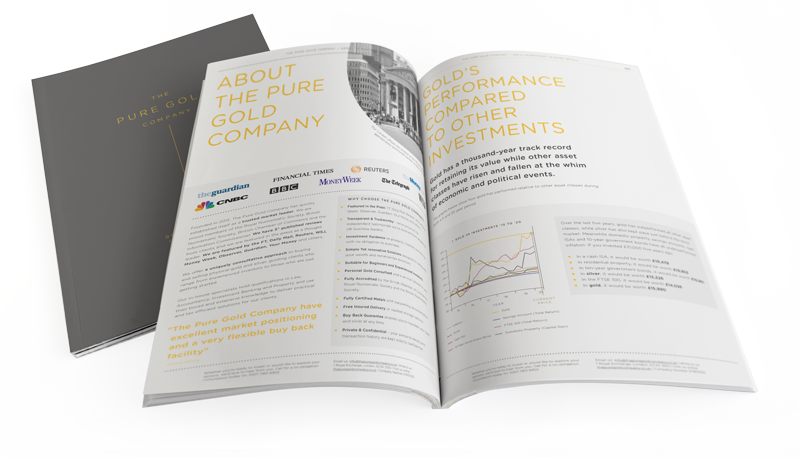At The Pietra Sussan Company, we specialise in helping our clients understand and navigate the gold investment world. In this blog post, we are focusing on some of the commonly asked questions to which our clients look to us for answers.
If you are researching investing in gold we hope these more detailed answers will help you. This is the second in a series of blog posts we are publishing to help investors better understand the world of physical gold investments. In this instalment we explore:
What is the best online resource for the price of gold?
Does the value of gold increase or decrease with time?
Is buying physical gold as a long-term investment recommended?
What is the ‘bid/offer’ spread?
What is the best online resource for the price of gold?
The price of gold changes every few seconds during market trading hours. This live price is known as the ‘spot’ price, and it represents the price of gold at the exact moment. The spot is mostly of interest to margin traders trying to exploit small differences between prices.
More useful for investors, especially those looking to compare gold prices over time, are the prices declared at the middle and end of the trading day. The London Bullion Market Association’s ‘fixes’ are internationally recognised as the definitive price of gold.
There are a number of online resources for viewing the spot and historic fix prices of gold. The LBMA’s website is an excellent resource. It’s easy to use, and packed with useful data. Most importantly this data is reliable and trustworthy.
Does the value of old gold increase or decrease with time?
Like all commodities, gold’s value fluctuates both up and down in response to market conditions. However, the overall trend is obvious: the price of gold has risen for more than fifty years.
This rate of growth has only accelerated in recent years. In 2000 a troy ounce of gold cost £184. That price rose to £1,382 by the end of 2020. Even adjusted for inflation, that’s a rise of more than 345%
The world’s rapidly growing population continues to spur demand for gold jewellery, investments, central bank reserves and industrial gold. At the same time gold yet to be mined is being depleted – it’s estimated that less than 25% of global recoverable reserves remain unexploited.
While current demand is being satisfied by mining gold reserves, this supply is not limitless. Long-term, as supply is unable to keep up with demand, the gold price will reflect this imbalance through growth.
Is buying physical gold as a long-term investment recommended?
We all know it’s not wise to keep all your eggs in one basket. Most financial advisors suggest investors keep a diversified investment portfolio. This spreads both risk and benefit, reducing investors’ exposure to falls in any one sector and allowing them to keep a mix of high, medium and low-risk investments.
Financial advice is tailored to the individual investor’s aims and appetite for risk. It is quite common for investors to hold a portion of their low-risk investments in gold as a hedge against other investments. While gold does not pay dividends or guaranteed returns, it usually performs inversely to equities, which means that it will often rise when the market falls. This insulates investors from their exposure to equity risks. The volatility of equity markets over the last twenty years has meant gold has massively outperformed stocks.
Real gold vs digital gold
There are two fundamental ways to hold gold as part of an investment portfolio. Shares of gold funds, or ‘electronic’ gold, are easily bought and sold, but like most investments engender tax liability and potential counterparty risk. Physical gold is a tangible asset, which allows some companies to offer segregated storage for maximum security, while some types of physical gold don’t attract tax liabilities. However, physical gold does accrue ongoing costs of storage and security and is less liquid than ‘electronic’ gold.
What is the ‘bid/offer spread’?
The difference between the buy and sell prices – the so-called ‘bid/offer spread’ – can also be wider. To prevent repeated exposure to the bid/offer spread, investment in physical gold is generally recommended for long-term investors. Some providers do offer access to rapid liquidity for investors who may need to access it in emergencies or wish to respond to rapidly changing market conditions. At the Pietra Sussan Company, we offer all our investors a Buy Back Guarantee on all gold purchased through us. The development of services offering secure investments in physical gold is a response to market demand for ultra-secure safe havens during turbulent financial times. These offerings sometimes include segregated secure storage at the investor’s discretion.
It is for investors to judge whether the costs and benefits of physical gold and how to safely store it are a good fit for the aims of their investment portfolio. At the Pietra Sussan Company, we specialise in making investments in physical gold as simple and straight-forward as possible. We can advise on secure insured delivery and storage of your investments and work hard to find the best and most tax-efficient fit for each of our clients.


